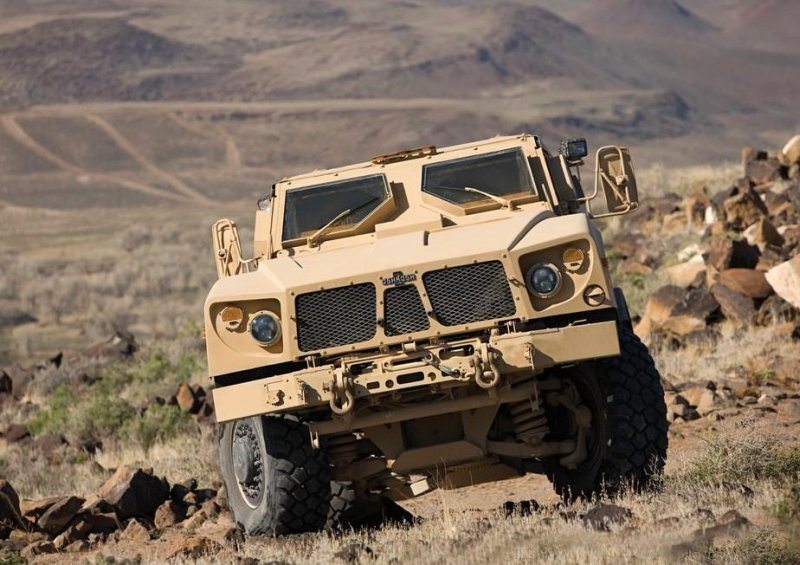The Army’s next-generation friendly force tracking and messaging system crossed a key threshold July 17, as it proceeds toward the field.
The Milestone C decision for Joint Battle Command-Platform, or JBC-P, moved the program from the Engineering and Manufacturing Development phase to the Production and Deployment phase. Next up for JBC-P is a Limited User Test at the Network Integration Evaluation, or NIE, 13.1 in the fall of 2012, followed by an Initial Operational Test and Evaluation at NIE 13.2 in the spring of 2013. Those tests will lead to a fielding decision by the Army.
JBC-P is the follow-on program of record for Force XXI Battle Command Brigade and Below/Blue Force Tracking, which allows Soldiers in vehicles, aircraft and command posts to track friendly forces and exchange messages in order to synchronize operations and reduce fratricide. It introduces a new user interface with intuitive features like touch-to-zoom maps and drag-and-drop icons, which received positive feedback from Soldiers at NIE 12.2 in May-June 2011.
“The idea is to make it more user-friendly for the Nintendo-Xbox generation,” said Capt. Ryan McNally, a company commander with the 2nd Brigade, 1st Armored Division, who used JBC-P during NIE 12.2. “It’s almost as easy to use as your computer at home.”
The JBC-P screen also integrates the functionality of Tactical Ground Reporting, known as TIGR, a multimedia reporting system that allows lower-echelon Soldiers to digitally capture, report and retrieve patrol data such as common incidents, residents and leaders of a village.
“It’s good enough to get you down to the street level view,” McNally said. “As long as somebody has been there before and has that imagery uploaded into TIGR, you can see what they’ve seen as you drive down the road.”
The other major step forward that comes with JBC-P is the introduction of networked hand-held devices that will deliver a new level of mission command and situational awareness to small units. For the first time, leaders in vehicles and command posts will be able to view the precise locations of dismounted forces. A hand-held version of JBC-P software will run on Nett Warrior, a Soldier-worn, smartphone-like mission command system running various mission “apps.” These handhelds will be fielded to team leaders and above, allowing them to communicate seamlessly within their units and with higher headquarters.
This combination, accomplished through the Rifleman Radio, will deliver timely blue force tracking information down to lower-echelon Soldiers, specifically at the team leader through platoon leader level.
“You don’t have the lag time (after) the platoon leader saying, ‘Hey, we need your squad to go take out this house,'” said Sgt. Caleb Minnie, 2nd Brigade, 1st Armored Division. “Instead of having to wait five to 10 minutes for them to get that message then taking the time to get ready to do that, they get the message instantaneously and they’ll be able to move within seconds. So it keeps the balance of action and it gives us more of an element of surprise.”
An interim step in the evolution of FBCB2 to JBC-P is the Joint Capabilities Release, or JCR, which equips Soldiers with a faster satellite network known as BFT 2, Marine Corps interoperability, secure data encryption, chat room capability and other features. JCR is being fielded as part of Capability Set 13, the Army’s first integrated package of tactical communications gear that will be fielded to up to eight brigade combat teams starting in October.
JBC-P also serves as the first version of the Mounted Computing Environment, one of six computing environments comprising the Army’s Common Operating Environment, a commercially-based set of computing technologies and standards required for the network and each of its applications and systems. The vehicle-based Mounted CE will leverage JBC-P investment to provide an environment for an integrated suite of mission command applications and services on various platforms.
It will clearly define standards and processes for mission command software, reducing development time and cost. It will use common data models with other CEs in order to achieve seamless, integrated mission command across echelons to the tactical edge.










